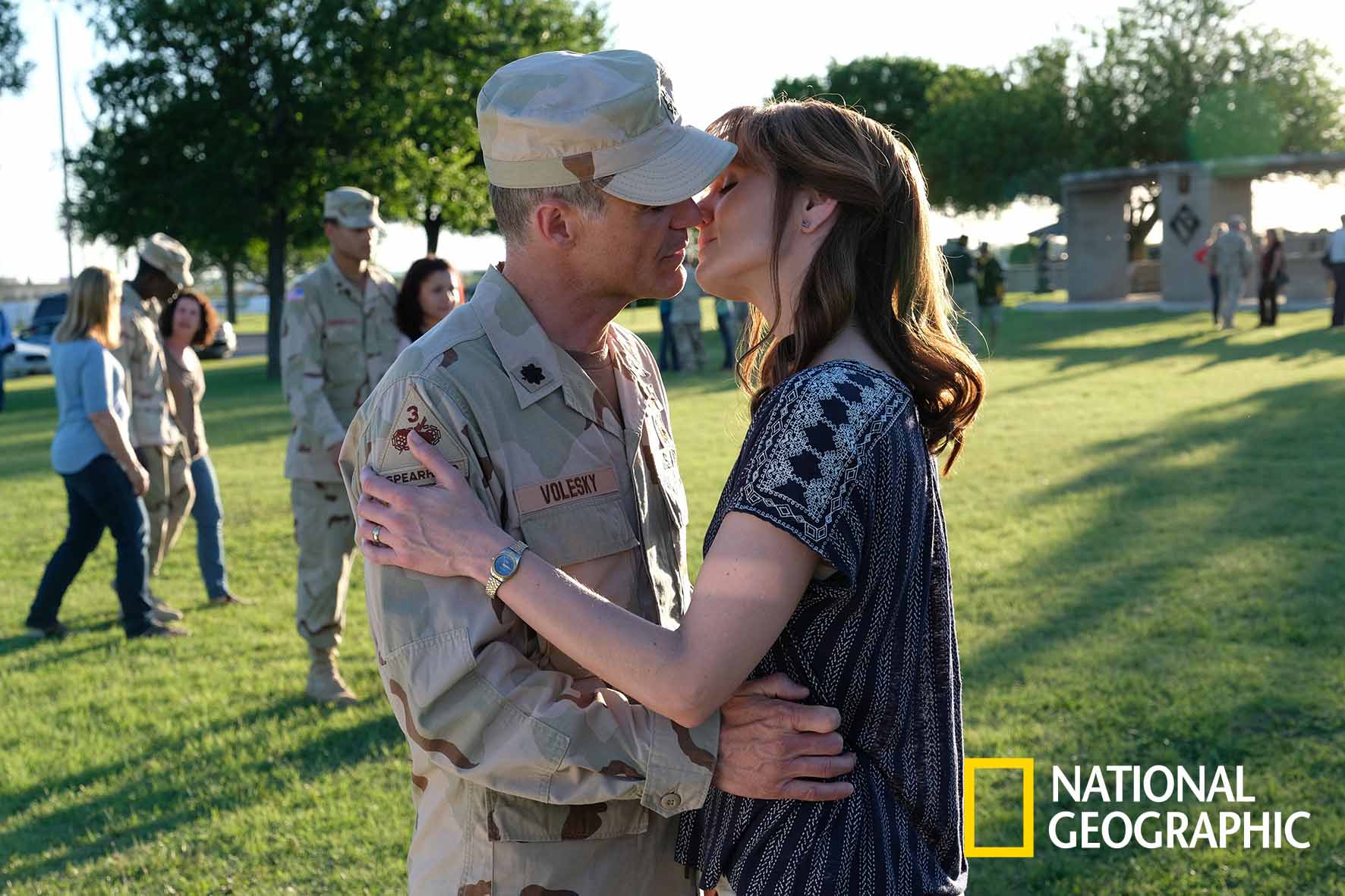

While there are seven additional installments of the Nat Geo miniseries based on Martha Raddatz’s 2007 book, that premiere is an effective representative of the show as a whole, preamble and all. An afternoon convoy of tanks rolling through the streets of Iraq soon becomes a bloodbath as a tense, uneasy peace gives way to chaos. Built up over the course of a half hour of tearful goodbyes, skeptical glances, and tiny rifts in neighborhood peace, a platoon of soldiers patrolling Sadr City in Baghdad comes under fire from all sides. He felt it was a chance to preserve this young man’s legacy, and let his memory live on, and his heroism be presented to a worldwide audience.The closing minutes of the opening episode of “ The Long Road Home” is a harrowing piece of television.

“He was staying in housing at Fort Hood, and every morning, he would say ‘good night,’ and when he got up, he would say ‘good morning.’ It reminded him at least twice a day that he had this responsibility. “I remember one of the actors telling me that he kept a framed photo of his real-life counterpart, who was deceased, next to his bed,” Bernstein recalls. One of the most challenging aspects of filming was the tremendous emotional responsibility the actors felt portraying real-life characters-some who were present during filming, as technical advisors and mentors, and some who had died in battle-and one that created a bond that has endured beyond filming.
#LONG ROAD HOME REVIEW SERIES#
He was so brave.’ And that is such a wonderful legacy for this series to have.” The actor’s hugging her and I said, ‘Are you okay?’ And she said, ‘This is what my son saw on his last night. There was smoke because of the special effects. Raddatz recalls an evening she spent on the set with the mother of one of the soldiers who was killed during the battle and the actor who played her son. And some felt experiencing the set was part of a healing process of sorts. Some who visited were overwhelmed at seeing such a faithful recreation of that terrible place. This tremendous attention to the authenticity of the sets was not only a visceral experience for the seasoned war correspondent, but for the soldiers and their families, as well. (Left to Right) Martha Raddatz and Carolyn Bernstein After the Army graciously granted permission to set up filming at Fort Hood (where, to wit, the actors lived and worked for the duration of the two-month shoot), it also allowed filmmakers to recreate Sadr City, an undertaking monumental in scope and scale and extraordinary in its verisimilitude. Perhaps one of the most remarkable elements of the production, and one National Geographic was committed to creating in the most intricate detail, was the set-the largest back lot ever constructed in North America. From putting the actors through weeks of pre-filming boot camp with former active-military personnel to check-ins with on-set tech consultants for direction on every nuance, from the proper closure of the Velcro on the flak jackets to the correct application the chinstraps on the helmets. This profound level of authenticity is a hallmark of the series and one Raddatz is thrilled to be able to share with audiences. Their neighbors didn’t want them to do it, but they went to work for the Americans because they thought it was the right thing to do.” “To tell that story-it’s a story of so many interpreters-it is so complicated and so deep. “The interpreters in Iraq, the interpreters around the world, are not talked about enough,” Raddatz says.


But it’s the episode that centers on Jassim al-Lani, the Iraqi interpreter who’s embedded with the First Cavalry, that is one of the most profound, for both the producers and Raddatz, who changed his name in the book to protect his life. From the embattled platoon leader Lieutenant Shane Aguero to Lieutenant Colonel Gary Volesky, who orchestrates the extraction of the ambushed soldiers, to their families waiting in a suspended state of anxiety back home, the story unfolds in riveting hour-long episodes told from various perspectives.


 0 kommentar(er)
0 kommentar(er)
